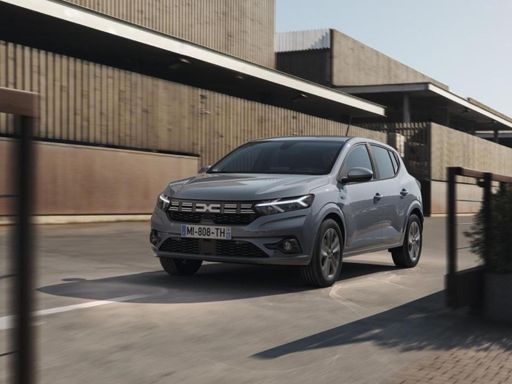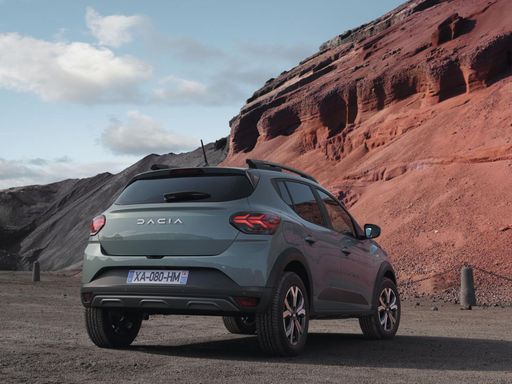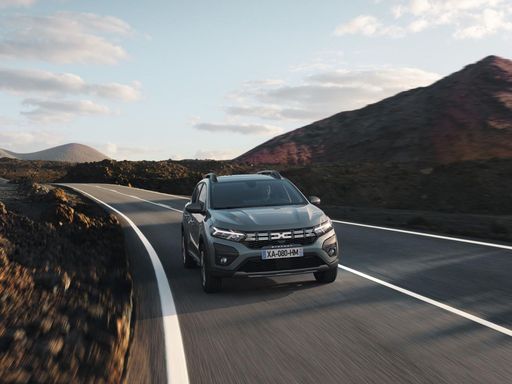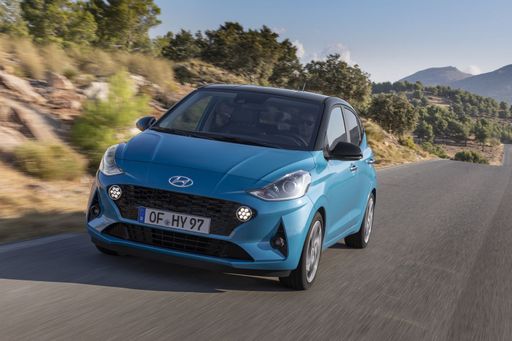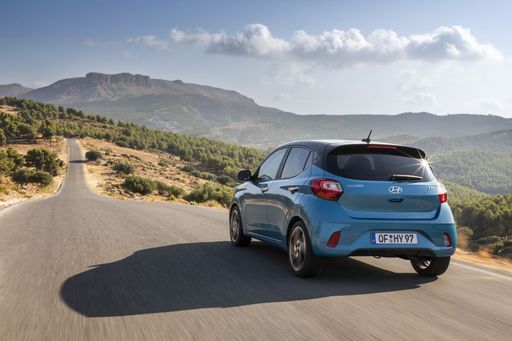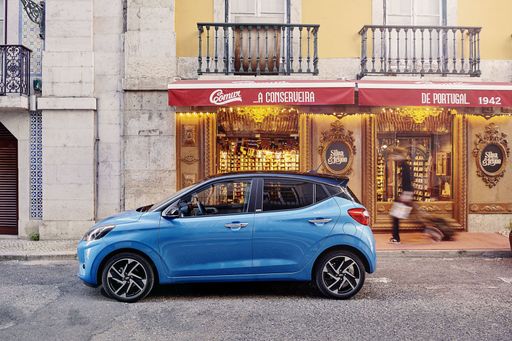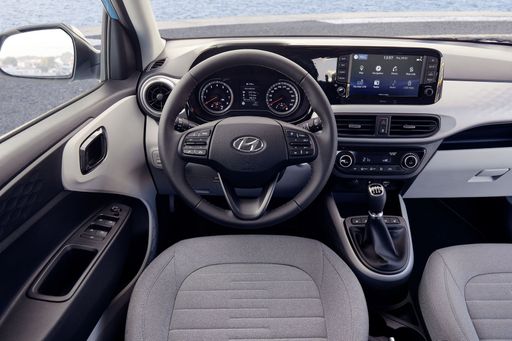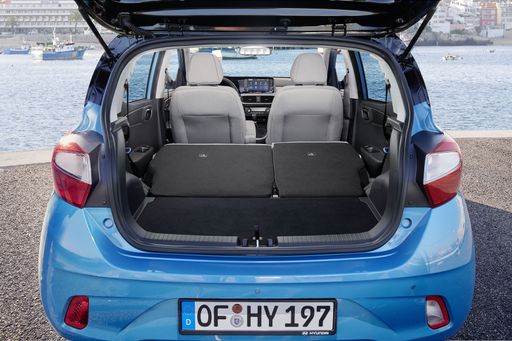Introduction: Battle of the Hatchbacks
In the competitive world of urban hatchbacks, the 2024 Dacia Sandero and the Hyundai i10 stand out as compelling choices for consumers seeking value, efficiency, and practicality. Both vehicles cater to different preferences and budgets, but which one is truly the better option? In this article, we’ll compare their technical aspects, innovations, and overall appeal to help potential buyers make an informed decision.

